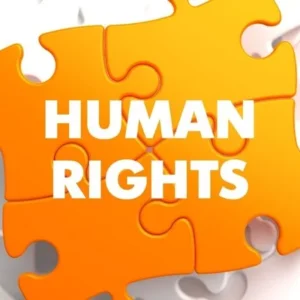Israeli troops have begun withdrawing from parts of Gaza following the approval of the first phase of US President Donald Trump’s ceasefire and hostage return deal. The agreement, signed after intense negotiations in Egypt, requires Israel to pull back to an agreed line within 24 hours, after which Hamas has 72 hours to release remaining Israeli hostages, while Israel will free hundreds of Palestinian detainees. This agreement comes over two years after the 7 October 2023 Hamas attack on southern Israel, which killed about 1,200 people and left 251 others hostage, prompting a major Israeli military offensive that has killed over 67,100 people in Gaza.
The ceasefire plan, formally approved by the Israeli cabinet, has led to the beginning of Israel’s phased withdrawal, initially leaving the country in control of 53% of Gaza. Once the first phase is complete, a countdown will begin for Hamas to release 20 hostages believed to still be alive, followed by the return of bodies of deceased captives. Israel will release approximately 250 Palestinian prisoners serving life sentences and 1,700 detainees from Gaza, though high-profile prisoners like Marwan Barghouti will not be included. Additionally, Israel will return bodies of 15 Gazans in exchange for each Israeli hostage. Humanitarian aid will enter Gaza, with an initial 400 lorries daily, gradually increasing, to address famine conditions affecting over half a million people in the territory.
A multinational force of roughly 200 troops, overseen by the US military and likely including personnel from Egypt, Qatar, Turkey, and the UAE, will monitor the ceasefire, ensuring compliance and preventing violations. No US forces will be deployed on the ground in Gaza. If successfully implemented, this first phase will pave the way for negotiations over later stages of Trump’s 20-point plan, which envisions Gaza’s demilitarization, destruction of offensive infrastructure, and temporary governance by Palestinian technocrats under a “Board of Peace” led by Trump and former UK Prime Minister Tony Blair. Governance would eventually transition to the Palestinian Authority, with Hamas excluded but offered amnesty or safe passage if committing to peaceful coexistence.
Several sticking points remain for subsequent phases, including Hamas’s refusal to fully disarm without the establishment of a Palestinian state, Israel’s retention of control over parts of Gaza, and the extent of Palestinian Authority involvement in post-war governance. The final stage of Israeli withdrawal is vaguely defined, leaving Hamas and other stakeholders uncertain about the timeline for complete troop pullback. These issues, alongside the scope of future political and economic arrangements for Gaza, are likely to dominate negotiations in the coming weeks.







